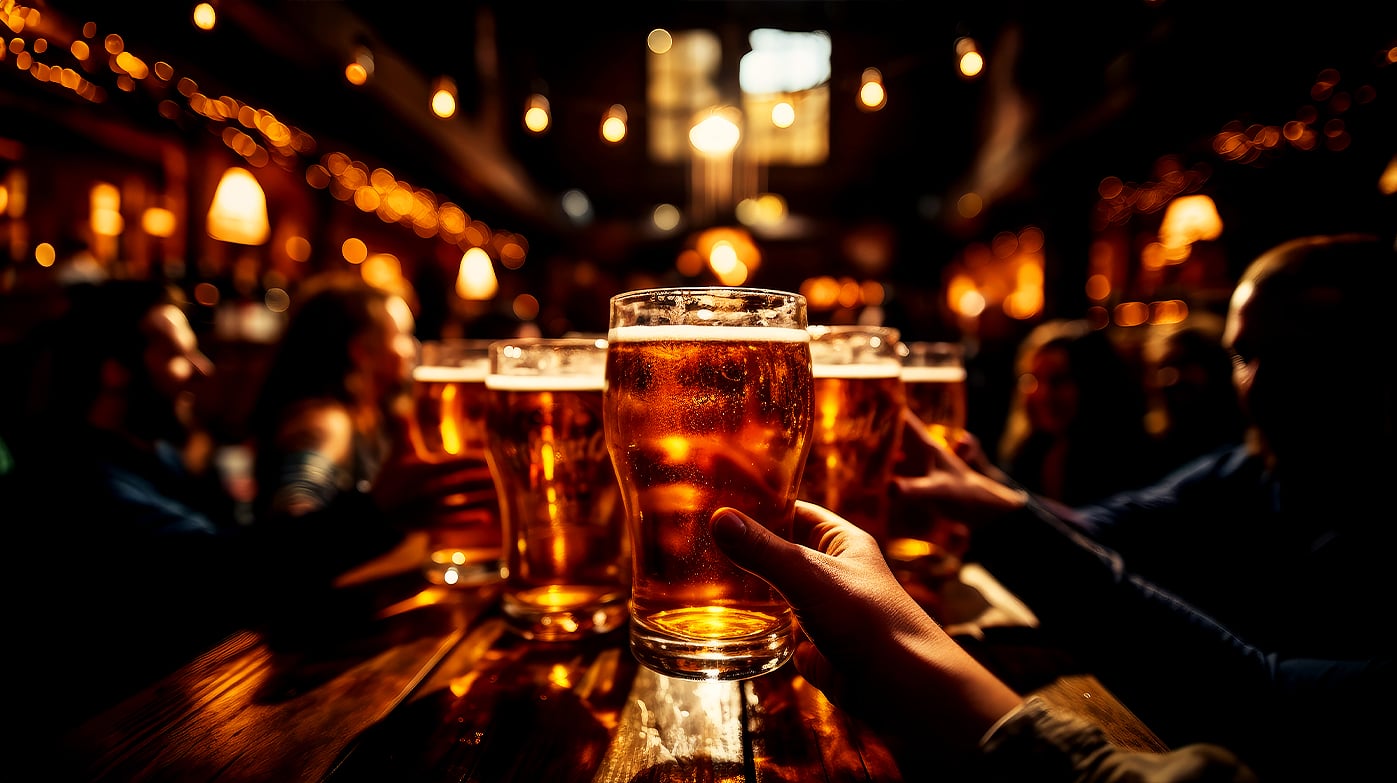

Belgian ales cover a large range of styles including Trappist, Abbey, Pils, Bock, Wheat, Blonde & Golden, Lambic, Amber, Tripel, Dubbel, Grand Cru, Flemish Red, Oud Bruin, Saison, Winter & Xmas and Fruit beers whereas French ales are represented by Biere de Garde, Saison and Farmhouse.
At the heart of the brewery business lies the time-honoured process of brewing great beer. The industry’s most skilled and experienced master brewers make a commitment to brewing excellence today and into the future. Guardians of our iconic beers and creators of some of the best new brews on the market.
CRYO HOPS are the concentrated lupulin of whole-leaf hops containing resins and aromatic oils. They are designed to provide intense hop flavor and aroma, enabling brewers to efficiently dose larger quantities of alpha acids and oils in the boil without introducing astringent flavors or vegetative material.
What is thiolized yeast and why is it important? Get more flavour out of your hops using any of the yeasts available. White Labs have made a yeast blend that has not only high activity for biotransformation but also provides an all-natural Non GMO blend that contributes to the balance of aroma and flavors known in Hazy IPAs.